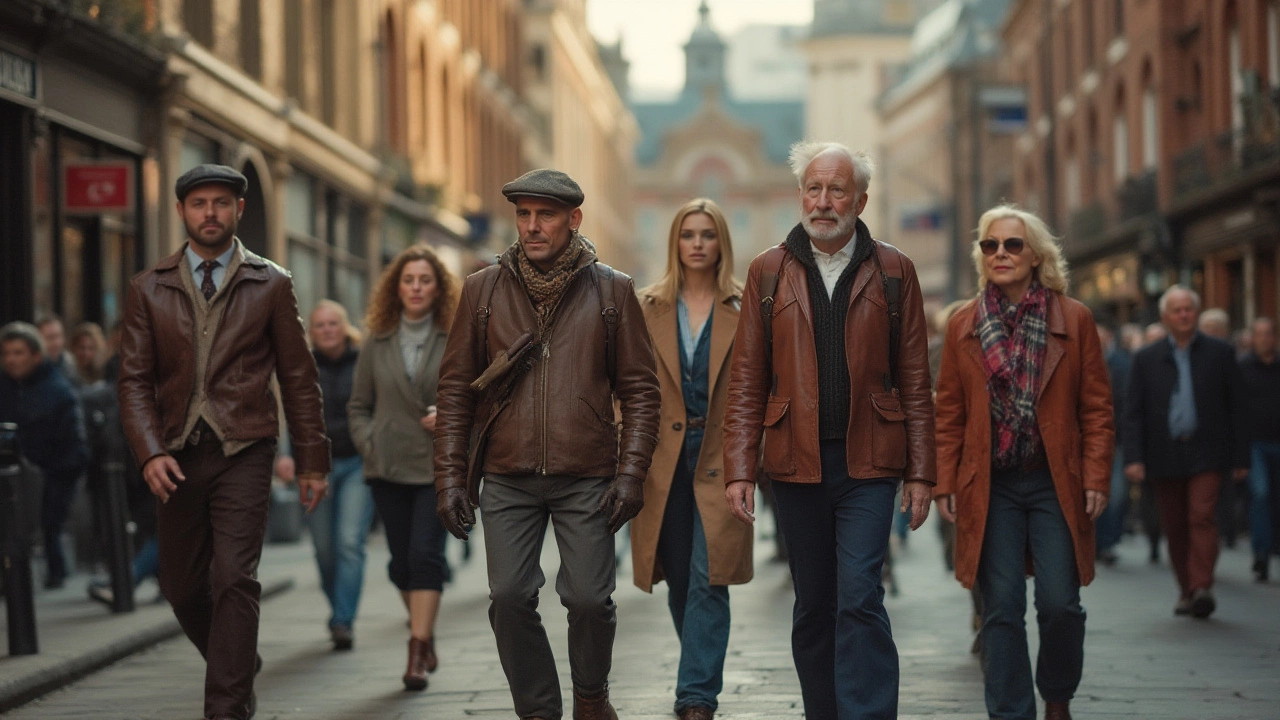Medieval Fashion
When delving into medieval fashion, the clothing styles, fabrics, and accessories worn during the Middle Ages across Europe. Also known as historical clothing, it captures everything from the simple peasant tunic to the elaborate courtly gown.
Understanding period costume, the recreation of medieval outfits for theater, festivals, and film helps you see why medieval fashion still matters today. A period costume requires accurate cuts, authentic fastenings, and the right silhouette, which means you need knowledge of medieval textiles, materials like wool, linen, silk, and early brocades that defined texture and status. These textiles aren’t just fabric; they tell stories about trade routes, climate, and social rank. When a tailor chooses a heavy wool for a knight’s surcoat, they’re reflecting both practical warmth and a visual clue of wealth.
Beyond the garment itself, medieval accessories, such as belts, headwear, shoes, and jewelry, complete the look and often signal occupation or allegiance. A simple leather belt could hold a sword, while a jeweled brooch marked a noble family. The combination of costume, textiles, and accessories creates a full picture: medieval fashion encompasses period costume, requires knowledge of medieval textiles, and is enhanced by medieval accessories. These three parts influence each other – a richer fabric invites fancier accessories, and the right accessories can elevate a plain tunic into a statement piece.
Why Medieval Fashion Still Inspires Today
Modern designers borrow heavily from medieval silhouettes – think oversized sleeves, layered gowns, and earthy colour palettes. When a runway show features a flowing, draped dress, the inspiration often traces back to a 14th‑century gown. Streetwear brands also use medieval motifs like coat‑of‑arms prints or chainmail‑style detailing to add rugged flair. Knowing the original context lets you wear these pieces with confidence, because you understand the story behind the stitch.
For anyone interested in reenactments, festivals, or simply adding a vintage twist to their wardrobe, the key is research. Start with authentic patterns, then match the right textile, and finish with period‑accurate accessories. This step‑by‑step approach mirrors what our articles below cover: practical style tips, fabric guides, and historical deep‑dives that make medieval fashion approachable for every skill level. Whether you’re dressing up for a medieval fair or looking for subtle inspiration for everyday outfits, the insights here will help you translate centuries‑old style into modern confidence.
Ready to see how these ideas play out across a range of fashion topics? Below you’ll find articles that break down everything from summer style hacks to the psychology of colour, all framed by the same practical mindset that makes medieval fashion relevant today. Dive in and discover how history can shape your next outfit.
- Cleo Fairchild
- Jul, 13 2025
- 0 Comments
Jerkin Jacket: History, Style, and Modern Fashion Trends
Discover what a jerkin jacket is, its origins, how it evolved over time, and why it's making a comeback in modern fashion. Learn key facts and how to rock this look.
